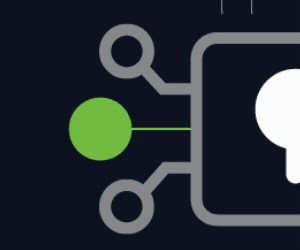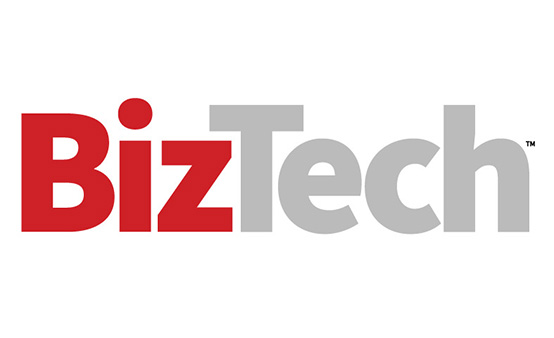See It In Action
Take the Miami HEAT, for example. As the NBA team worked to improve the fan experience inside the Kaseya Center, it knew it needed to make security central to everything it did. So, it created a bifurcated network: one for the fans’ public Wi-Fi experience, the other for the club’s internal use, with next-generation firewalls the security centerpiece for each. It’s a sophisticated setup. The new corporate and broadcast firewalls perform advanced threat protection, URL filtering and intrusion prevention.
They also protect east-west traffic across 100 virtual LANs, including segmented networks for sales, marketing, closed-circuit TV, heating and cooling, and building automation. The firewalls enforce security policies and prevent unauthorized access between each VLAN.
“If you don’t have a secure facility or a secure environment, it could get ugly quickly, especially when you have a game and a three-hour window where the network must be rock-solid,” says Blake Engman, the team’s director of broadcast services.
KEEP READING: How to transform your security with modern solutions.
On the cyber resilience side, Xtera, a manufacturer of undersea fiber-optic networks, gave a great deal of thought to what it would do in the case of a major business disruption, and wisely decided to protect itself with a comprehensive backup approach that combines NetApp network-attached storage servers with backup technology from Veeam. “In a worst-case scenario — if Armageddon happens — we know we’ll be able to get our data,” says IT Director Ernest Baidoo.
Here at BizTech, you'll always find plenty of ideas on how to better keep employees and customers safe — and examples of companies doing so. The big lesson is that security is a problem with multiple components, and businesses must work it from all sides.











